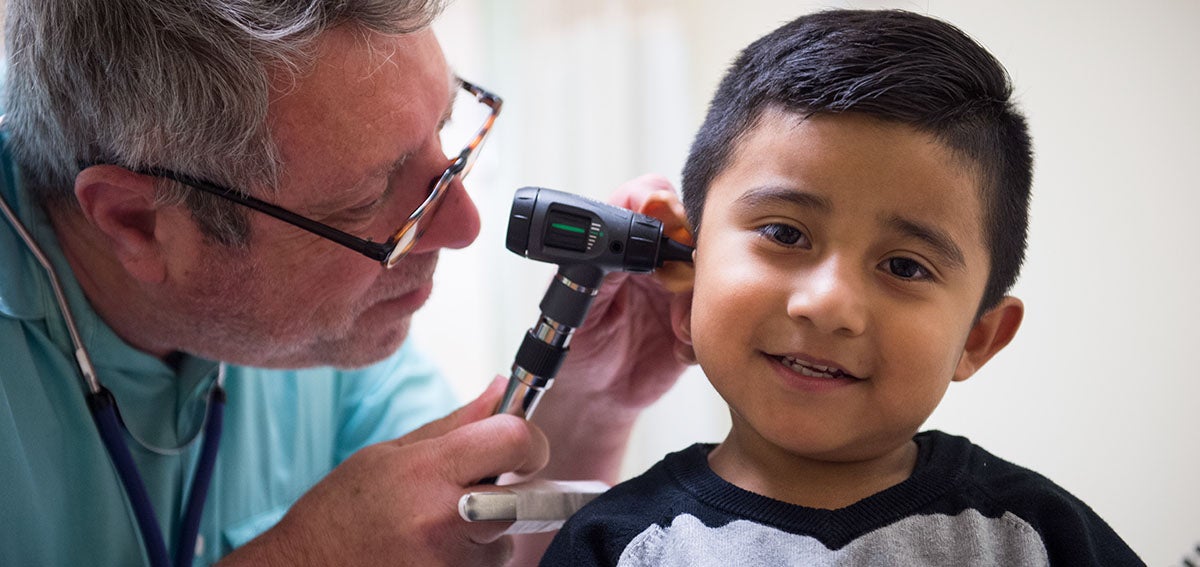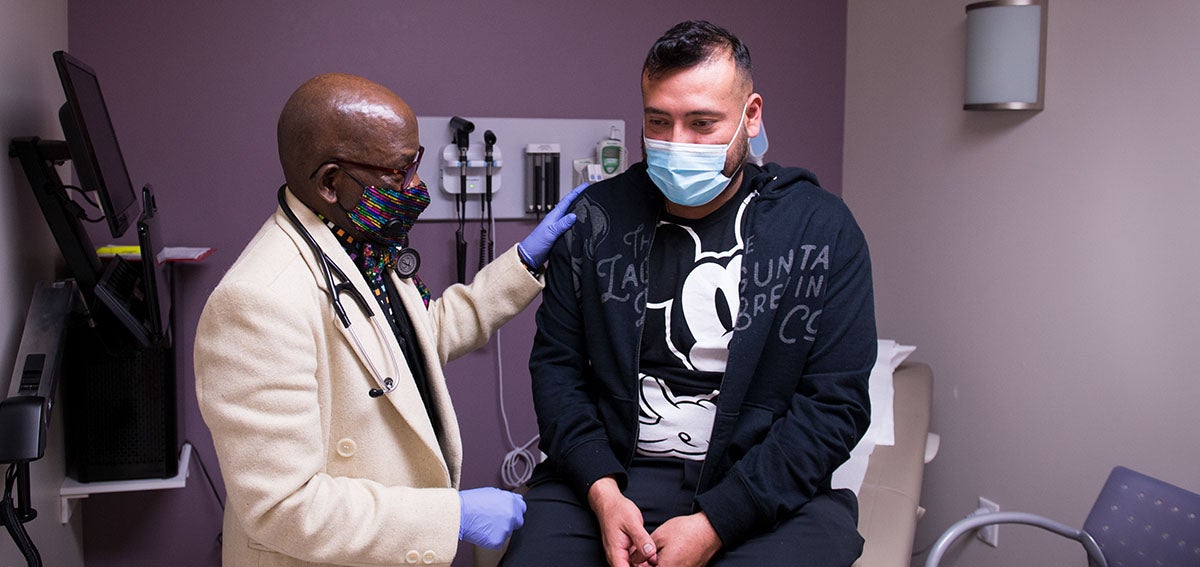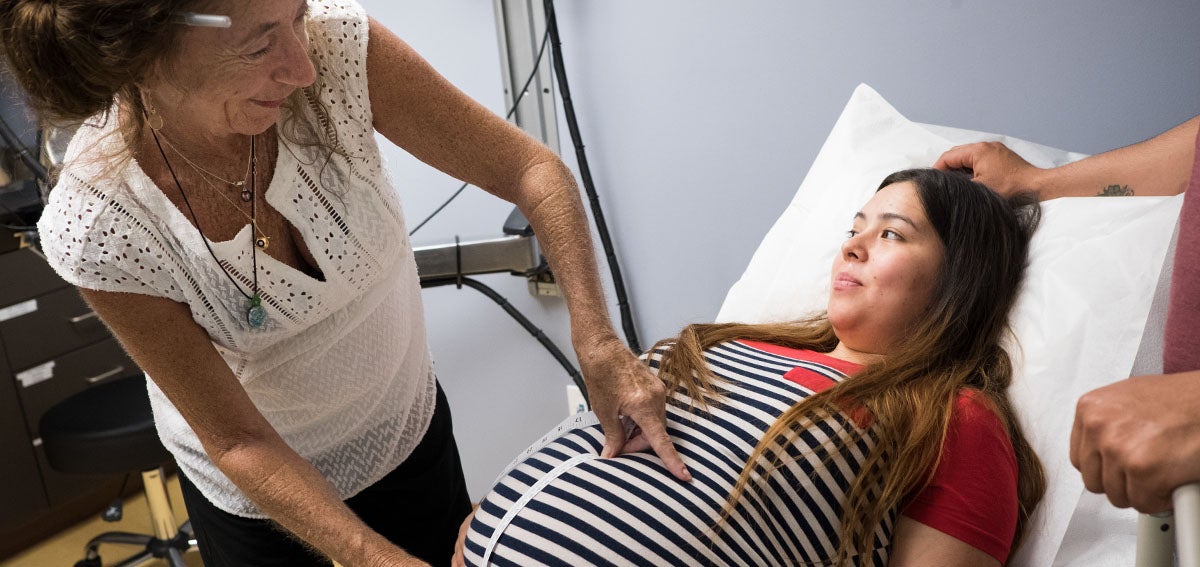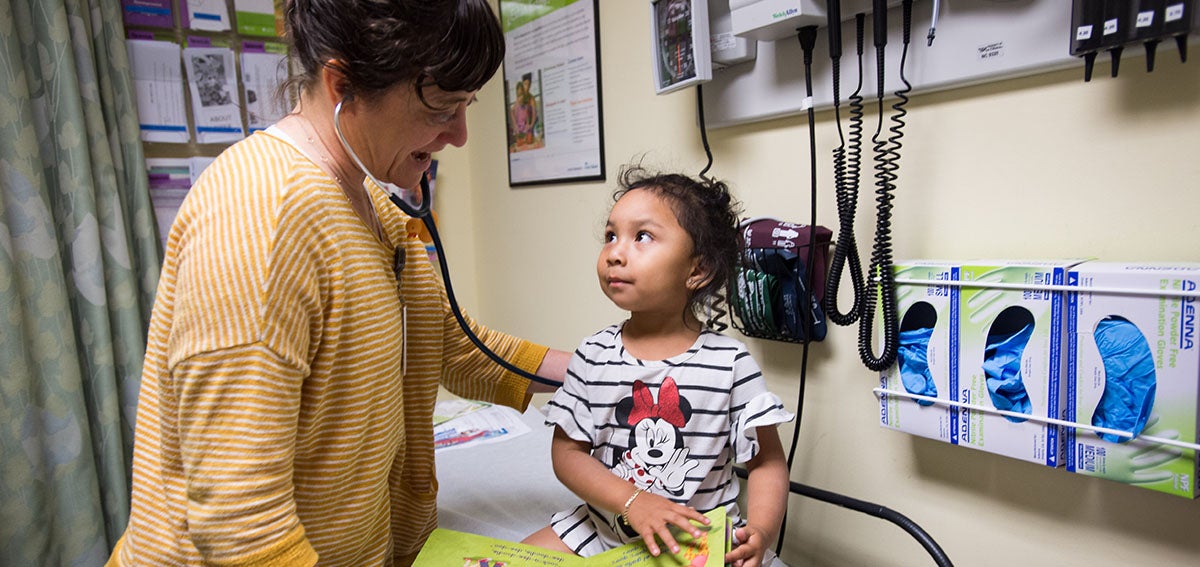
After months of debate, the US House of Representatives passed a package of bills on June 22 addressing the opioid epidemic by a vote of 396 to 14. H.R. 6, the Substance Use-Disorder Prevention that Promotes Opioid Recovery and Treatment for Patients and Communities Act (SUPPORT), incorporates dozens of House bills.
Debate on a Senate package of opioid bills is in progress and the chamber is expected to take final action later this year. Both houses have much to do before a final package is adopted and sent to the President’s desk.
The House Energy and Commerce Committee published a helpful overview of the House legislation. Let’s consider the underlying provisions in seven areas: (1) medication and treatment, (2) Medicaid and the Children’s Health Insurance Program (CHIP), (3) Medicare, (4) public health, (5) community and provider education, (6) research and funding, and (7) information sharing and data tracking. Here are highlights:
1. Medication and Treatment
The bill takes a multifaceted approach to expanding access to medication and treatment to address the opioid crisis.
The measure increases access to buprenorphine, a medication used to treat opioid addiction, by making the prescribing authority permanent for physician assistants and nurse practitioners, increasing the number of patients these practitioners can immediately prescribe to, and expanding the types of providers that can provide medication-assisted treatment (MAT). As noted by the House Energy and Commerce Committee, medications like buprenorphine, combined with counseling and behavioral therapies, offer a whole-patient approach to opioid use disorder treatment that has proven successful.
The bill establishes Comprehensive Opioid Centers to serve as models for treatment and recovery, using the full range of Food and Drug Administration (FDA)-approved medications and evidence-based treatments. Provisions of the bill also expand access to addiction treatment within community clinics, including both Federally Qualified Health Centers and regional health centers.
2. Medicaid and the Children’s Health Insurance Program
The bill would prohibit state Medicaid programs from terminating a juvenile person’s eligibility for coverage because he or she is imprisoned. Instead, states could suspend coverage while the juvenile is imprisoned but would be required to restore coverage upon release without a new application, assuming the individual continues to meet other eligibility requirements. The bill would also allow former foster care youth previously enrolled in Medicaid to receive health care until age 26 even if they move out of state. A similar protection was included in the Affordable Care Act, which enables children to remain covered by their parent’s health plan until age 26.
The bill would require the Centers for Medicare & Medicaid Services (CMS) to issue guidance regarding neonatal abstinence syndrome treatment options under Medicaid and would require the Government Accountability Office to study Medicaid coverage gaps related to pregnant women with a substance use disorders (SUDs). It would also provide Medicaid coverage protections for pregnant and postpartum women in treatment.
The bill would require Medicaid programs to assign patients at risk of SUD to pharmaceutical home programs. These programs would reduce the risk of addiction by limiting access to prescription medications and would provide incentives for states to offer wraparound services for patients receiving SUD treatment. CMS would be required to run a demonstration project providing enhanced federal matching rates for state Medicaid investments that improve provider capacity to offer treatment and recovery services to Medicaid patients at risk for SUD.
The bill also includes the CHIP Mental Health Parity Act (H.R. 3192), which would require state CHIP programs to cover mental health benefits, including SUD services, for pregnant women and for children. It would prohibit states from imposing benefit caps on mental health treatments that are more restrictive than limits on physical health treatments. While all states currently cover such services, the bill would modify existing law to remove the option for states to not cover such services or to impose limits on them in the future.
3. Medicare
The bill would instruct CMS to study and expand the use of telehealth services to treat SUD in Medicare. H.R. 6 directs the Department of Health and Human Services (HHS) to implement an existing law allowing health care providers to prescribe controlled substances via telemedicine in some emergencies.
The bill would add a review of current opioid prescriptions to the initial “Welcome to Medicare” examination and would call for screening for opioid use disorder, as appropriate.
The law would provide access to MAT within Medicare through bundled payments and would require e-prescribing for substances under Medicare Part D. While drug plan sponsors may now offer drug management programs to help high-risk enrollees reduce the chances of addiction and medication abuse, the bill would instead make it mandatory to offer such programs.
Reversing a previous cut in Medicare reimbursement, the bill would incentivize non-opioid post-surgical injections as a pain treatment alternative to opioids in ambulatory service centers.
4. Public Health
Recognizing the impact of social determinants of health, the bill would authorize the Substance Abuse and Mental Health Services Administration to develop best practices for safe housing for patients recovering from SUD. The House also authorized a pilot program to allocate a portion of federal Section 8 Housing Choice vouchers directly to nonprofit organizations that provide housing, job training, and continued support for individuals transitioning from a rehabilitation program back to the workforce.
The legislation would establish an Advisory Council to Support Grandparents Raising Grandchildren to help older relatives care for children whose parents are battling addiction. From 2013 to 2015, the number of children in foster care nationwide increased nearly 7%, and parental substance abuse was cited as a factor in roughly 32% of foster placements, a 10% increase from 2005.
The House package includes numerous policies to increase safe disposal of unused supplies of opioids. This includes instructions for the FDA to work with manufacturers to establish programs to enable the efficient return or destruction of unused Schedule II drugs and a requirement for the Government Accountability Office to study safe disposal methods. In a similar vein, the bill would require Medicare in-home health risk assessments to include information regarding the safe disposal of prescription drugs.
5. Community and Provider Education
The House package would enhance opioid-focused community and health care provider education to inform the public of the risks associated with opioids and reduce overprescribing. For example, the bill would direct CMS to work with quality improvement organizations to conduct outreach and share best practices with health professionals who prescribe opioids more frequently or at higher pill quantities than their peers. It also authorizes HHS to designate and support centers of excellence and institutions of learning that champion SUD treatment and pain management education for health professionals. The bill directs CMS to compile educational resources focused on opioid use, pain management, and pain alternatives for Medicare beneficiaries. Additionally, it would require Medicare prescription drug plans to provide information about the risks associated with opioids, coverage of non-opioid treatments for pain, and safe disposal of unused drugs.
6. Research and Funding
H.R. 6 would grant federal agencies additional authority to support the development of non-opioid alternatives to treat pain. The National Institutes of Health would be granted authority to research new non-addictive pain medications. Provisions of the bill that originated from the Better Paint Management through Better Data Act would require the FDA to create clear mechanisms to track the long-term efficacy and addictive tendencies of chronically administered opioids, as shown by analysis that occurs after drugs are brought to market. The bill would create a CMS demonstration program to test alternative pain management protocols to limit opioid use in hospital emergency departments as well as SUD-related alternative payment models within Medicare. The bill would authorize $10 million annually for 2019 through 2021 for these and other grants, although the legislation does not actually appropriate funding for this. The absence of mandatory funding or new appropriations is one of the most controversial aspects of the bill: Without additional congressional action, funding would not be made available for most of the provisions. The bill authorizes but does not actually allocate funding in such areas as:
- A student loan repayment program for health professionals who agree to work in SUD treatment in geographic areas of greatest need.
- Incentives that reinforce evidence-based standards for entities applying for federal mental health or SUD funding.
- Reauthorization of the comprehensive opioid abuse grant program.
7. Information Sharing and Data Tracking
Several components of the bill would address the opioid crisis through enhanced information sharing and data tracking, including expanded use of state prescription drug monitoring programs. The bill also includes several telehealth provisions, including one that would direct HHS to implement an existing law allowing health care providers to prescribe controlled substances such as buprenorphine using telemedicine in specified emergencies, including lack of access to a specialist. The measure would instruct CMS to evaluate the use of telehealth services to treat opioid use disorder.
Conclusion
While the House bill enjoys strong bipartisan support, some lawmakers say it falls short of what is needed to effectively prevent addiction or help those with addiction get the treatment they need. Lawmakers have lamented that it does not include substantial and adequate funding, and some representatives are calling for a dedicated funding stream for treatment, similar to the Ryan White HIV/AIDS Program. To achieve new dedicated funding to states and local governments, Congress would need to appropriate funding after the bill passes or include funding within a supplemental funding package.
The opioids package is far from final. Many issues need to be reconciled within the Senate as it continues its own opioid-focused efforts, and also between the Senate and House as the groundwork is established for agreeing on identical packages. Historically, on major pieces of legislation, the Senate would pass its own bill before moving to conference negotiations with the House. However, in this case, pre-conference negotiations to iron out the differences between House and Senate priorities are likely necessary for any package to become law. While things have continued to advance in recent weeks, attention to the topic may slow during the upcoming debate over the next Supreme Court justice.
Our understanding is that Senate leadership will bring its bill to the floor for a vote once there is agreement on policy and limitations on debate and amendments. Conversations are in process suggesting that Senate leadership could advance a scaled back version of an opioid package which would omit many pieces that Democrats feel are essential to combating the crisis, including the Opioid Abuse Prevention and Treatment Act (TREAT) Act.
The slimmer package would allow legislators to tout their efforts during the final months before the November elections. Vulnerable Democrats opposed to that package because it doesn’t go far enough to effectively treat and prevent addiction could suffer politically as opponents assert that they fought legislation that could have addressed the epidemic.
It’s worth noting that the White House’s three-pronged plan to address the opioid epidemic, released in March, may influence a final package. That plan lays out goals to reduce overprescribing and overall demand for opioids, to stem the supply of illicit drugs entering the country, and to expand the availability of evidence-based treatment and recovery services.
Authors & Contributors

Billy Wynne
Billy Wynne is founder and CEO of the Wynne Health Group, a Washington-based consulting and advocacy practice serving clients throughout the health care sector. A graduate of Dartmouth College and the University of Virginia School of Law, Billy previously served as health policy counsel to the US Senate Finance Committee.

Dawn Joyce
Dawn Joyce is a vice president with the Wynne Health Group and a health policy expert. She has hands-on experience at the federal, state, and local levels, and previously served as a staff member for California senator Dianne Feinstein.
Joyce is a graduate of Wellesley College and UC Berkeley’s School of Public Health.





